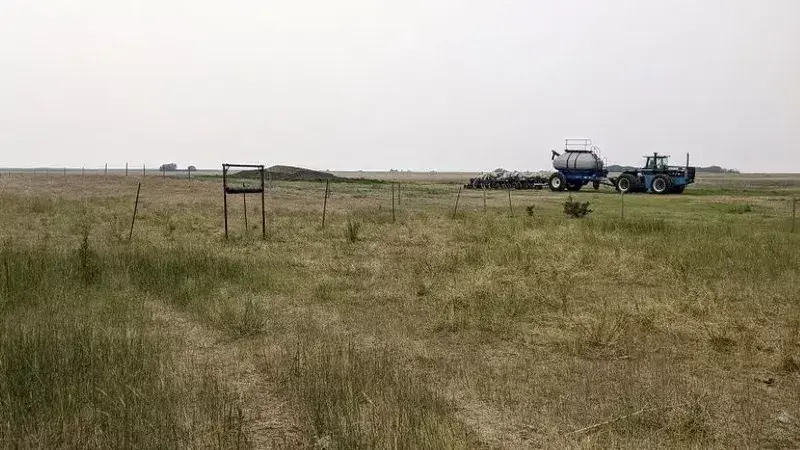- cross-posted to:
- canada
- cross-posted to:
- canada
It’s not immediately obvious how snow pack differs from rain (and not that I’m claiming to know all the ways), but you see it in ponds, sloughs, and dugouts. Once the ground thaws in the Spring, rain doesn’t do much to replenish these bodies of water. It’s the initial melting of snow that fills them, as the water runs until it hits a spot where it can collect. So, a dry winter can affect things for the entire summer.
We didn’t have much snow last winter, and this summer - and continuing to today - we’ve had a lot of thirsty animals around our house. We’ve started putting rocks in the dog water dishes because we’d wake up with mice that had drown in the bowls over night. Deer drink from our birdbath, and this summer any standing water was getting swarmed by bees.
I’m not old enough to say “it’s never been this bad!” but, things definitely don’t feel right.
Dude fire season is going to be hell on earth in BC if we don’t get some snow
Welcome to the new normal.
Indoor vertical farming will be the future anyway. It’s time for traditional farmers to switch things up, or become extinct due to stubbornness.
Ok, sure, but… what about the drought? We’ll live in a dusty wasteland but have our veggies, which we water from… uhh…
I’m not sure, but I think one of the objectives of vertical farming is to contain the water cycle as much as possible, limiting the amount of external input.
Oh fun, so how well did this method grow grains, corn, & rice, the main staple crops? Turns out, really badly. So food is going to get incredibly expensive, got it.#
so how well did this method grow grains
"“At scale, this is the equivalent of 117 tonnes per hectare [52.2 US tons per acre] per year, 26 times that of the average open-field farming yields.”
"In addition to the mobility of indoor farms, vertical farming has the capacity to grow food with 95% less water and 97% less land, according to the USDA, and with no pesticides. There is also the potential for more renewable energy sources; Infarm currently uses 70 percent green-certified energy, with the goal of becoming net-zero by 2045. "
(SOURCE)
Corn and rice have their own unique challenges, which can be addressed via hydroponics, aeroponics and/or some variation of indoor farming. But I believe Saskatchewan only really harvests wild rice, so this is a separate thing.
The reality is that farmers are fighting a losing battle by keeping things outdoors. They can accept that reality, or they can struggle. But we do need to invest in better solutions.
So food is going to get incredibly expensive
Food is already incredibly expensive using traditional methods. Why? Because of the high cost of things that indoor vertical farming nearly eliminates (fossil fuel, water, fertilizer, weather risks, land cost, soil quality, etc.).
It’s a trade-off: do you want field-based risks or cost-based risks? With the latter, at least you have control over the crop, yield, input, etc.



